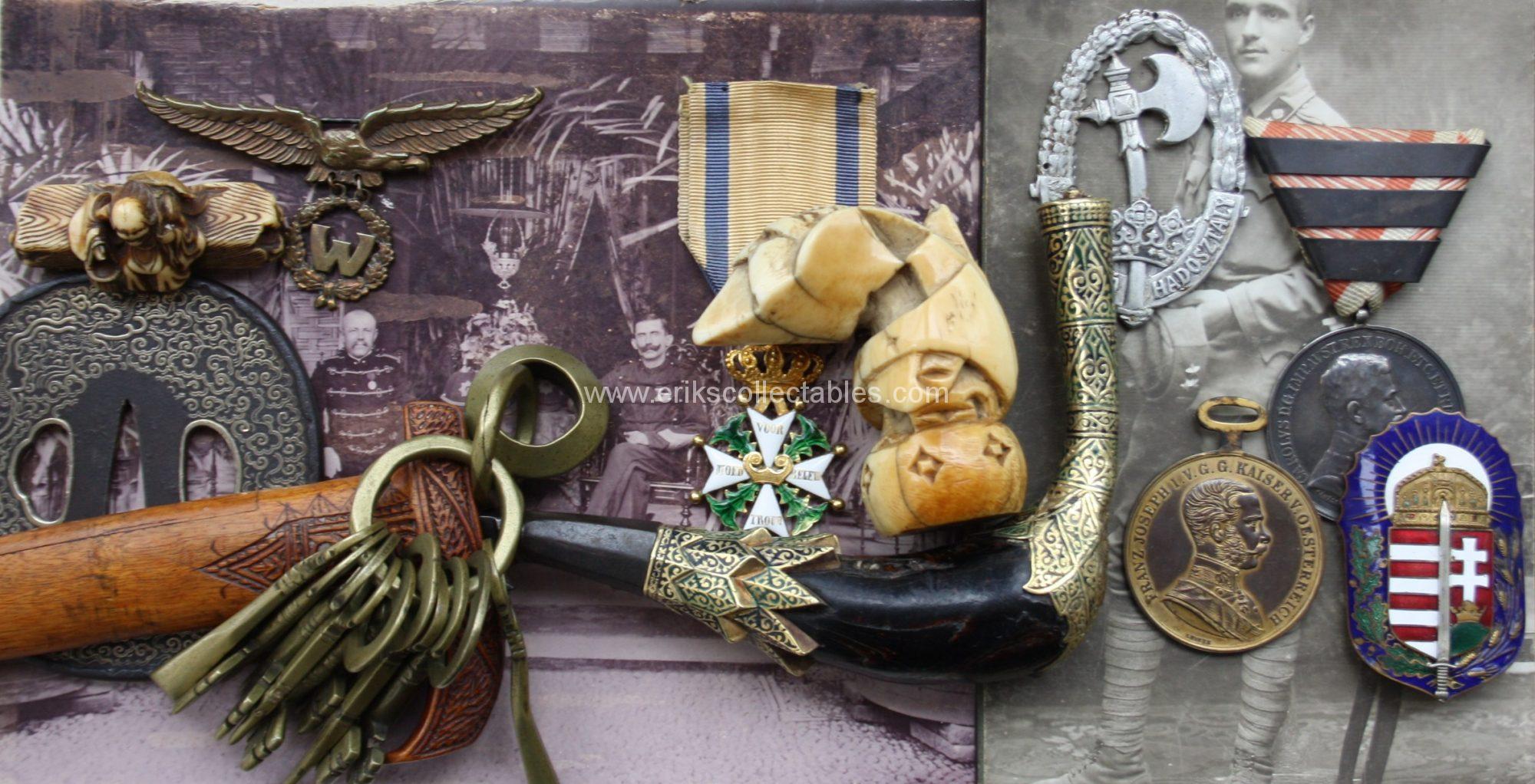Het verhaal achter een medaille maakt het een stuk geschiedenis in plaats van een voorwerp. Hier is het verhaal achter een Nieuw Guinea Herinneringskruis met gesp 1962. Dit kruis werd verleend aan allen die tenminste 3 maanden dienst deden in Nieuw Guinea tussen eind 1949 en 1962. Er is echter maar één type gesp, die met het jaartal 1962. Die gesp werd aan het kruis toegevoegd voor degenen die opgetreden hadden tegen “kwaadwilligen” in 1962. Het gaat dan om Indonesische infiltranten.

Vanaf 1961 voerde Indonesië actief actie om Nieuw Guinea, toen nog een Nederlandse kolonie die onderdeel was geweest van Nederlands Indië, aan de Indonesische Republiek toe te voegen. Nederland probeerde dit met behulp van meer militaire inzet te voorkomen. In 1962 waren er op het hoogtepunt ongeveer 1685 Nederlandse mariniers in Nieuw Guinea.
Omdat de Nederlandse militaire inzet internationaal politiek gevoelig lag moesten de militairen die in 1962 met burgervliegtuigen als versterking naar Nieuw Guinea vlogen ook als burger vliegen zonder zichtbare militaire zaken. Die moesten in de ruimbagage opgeborgen worden. Met name vanwege de tussenstop in Japan.

Rutten die als marinier is opgeleid tijdens zijn dienstplicht vliegt op 2 januari 1962 met een groepje versterkingen naar Nieuw Guinea. In zijn brieven is te lezen dat de aanvullingen en de oudgedienden niet direct goed met elkaar overweg kunnen maar die stonden vlak voor hun terugkeer naar Nederland.
Tijdens zijn verblijf op Nieuw Guinea (vooral Biak) schrijft hij veelvuldig brieven aan zijn moeder die bij de groep bewaard gebleven zijn. Daaruit blijkt ook dat hij in de loop van zijn tijd daar een fototoestel overneemt van een andere militair die naar Nederland terugkeert. Zo zijn er zowel foto’s als beschrijvingen van zijn activiteiten aldaar. Een paar foto’s en fragmenten op het kampement en “onderweg”:
Wat fragmenten uit zijn brieven die een indruk geven van de situatie:
17-1-’62 Dat geval met die torpedoboot moet je ook maar niet zo ernstig nemen want hier is niks loos mam, wel hebben we gisteren 8 infiltranten gevangen genomen…
22-2-’62 Op het ogenblik heb ik de wacht op de “Oregon-trail” mam, dat is ‘n post zo’n 20km de boes in, er komt hier bijna geen sterveling. Hier moeten we ‘n paar kust batterijen bewaken die hier het vliegveld beschermen tegen aanvallen vanuit zee, ook staat er een luchtdoelgeschut.
16-3-’62 Ik ga direct weg naar Kaimana waarschijnlijk. Het is wel plotseling en zo is het op het ogenblik een paniekzooitje…
20-3-’62 Mam we zijn hier in bivak gelegd om eventuele infiltranten op te vangen en stellingen te bouwen.
2-4-’62 We zijn vorige week met spoed vertrokken naar kampong pronLo (?), dat ligt tussen Kaimana en Merauke omdat hier een infiltratie heeft plaatsgehad. Toen zijn we hier geland en hebben het strand over een lengte van 70km afgezocht. Nou mama dat valt tegen want ieder ogenblik kun je beschoten worden…bij de kampong aangekomen hebben we twee complete rubberboten gevonden en 3 automatische machinepistolen met munitie. We hebben toen een patrouilletocht gemaakt de kali op maar alleen sporen gevonden. Het aantal wordt geschat op dertig.
17-4-’62 Verders mam hebben wij in Tronga 10 infiltranten gepakt, ze waren helemaal uitgehongerd en de meeste wapens die ze hadden waren zo verroest dat ze het niet meer deden.
De laatste brieven in de groep zijn van mei dus mogelijk is hij in juni weer naar Nederland gekomen? In ieder geval gaat zijn groot verlof pas in november van dat jaar in.


























































































































